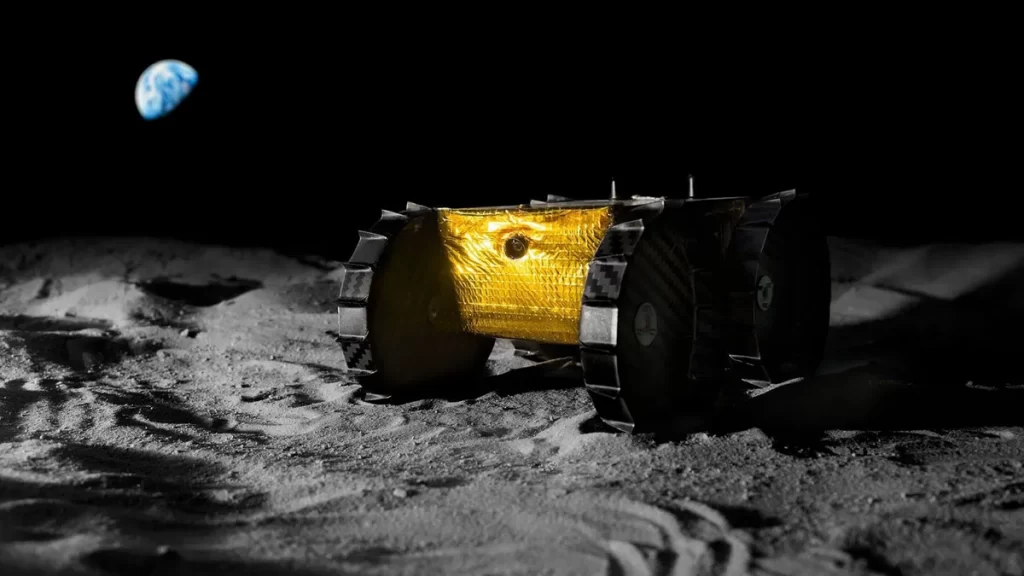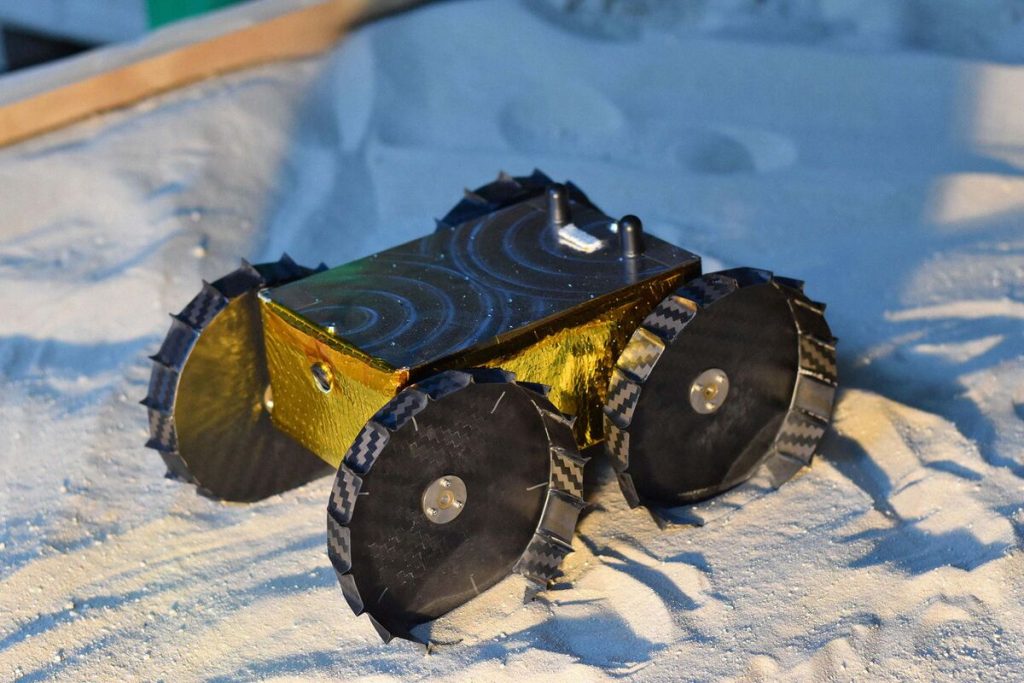On May 4, 2023, a group of students from Carnegie Mellon University will make history by sending the first American lunar rover to the moon. The rover, called Iris, is a tiny and lightweight machine that will be transported aboard the Peregrine lunar lander on United Launch Alliance’s Vulcan Centaur rocket. Along with Iris, a “collaborative sculpture project” called MoonArk, led by faculty, students, and alumni, will also be sent to the moon.

While NASA has sent five robotic rovers to Mars, it has stayed away from placing any on the moon for a long time. However, NASA has recently begun work on its lunar rover VIPER and is preparing for a lunar landing date of November 10, 2024. Meanwhile, other countries like China, Greece, Japan, and the United Arab Emirates are also working on their lunar rover programs.
Around 300 students have worked on the Iris project, which will conduct a 60-hour mission on the moon. During this time, Iris will take photos and send them back to Earth, opening up new possibilities for lunar and space exploration. According to the release, Iris will be the first American lunar rover, the first student-developed rover, the smallest and lightest rover, and the first with both a carbon fiber chassis and wheels.

The project has been in development for years, and the launch date on the calendar is an exciting step for the team. “Iris will open up lunar and space exploration by proving that a tiny, lightweight rover built by students can succeed on the moon,” said Raewyn Duvall, commander of the Iris mission. This project showcases the incredible potential of student-led initiatives and the importance of investing in education and research.
The success of this project is a testament to the power of innovation and collaboration. As William “Red” Whittaker, the Founders University Research Professor in the Robotics Institute and a planetary robotics pioneer, noted, “In space, what matters is what flies, and soon you’ll see irrefutable proof that what Carnegie Mellon has accomplished in planetary exploration matters a great deal.” This achievement will inspire future generations of students to pursue careers in science, technology, engineering, and mathematics and contribute to the advancement of space exploration.


